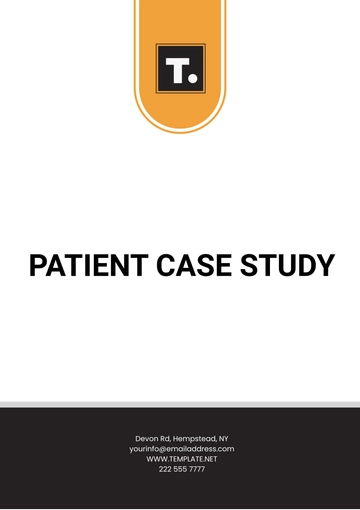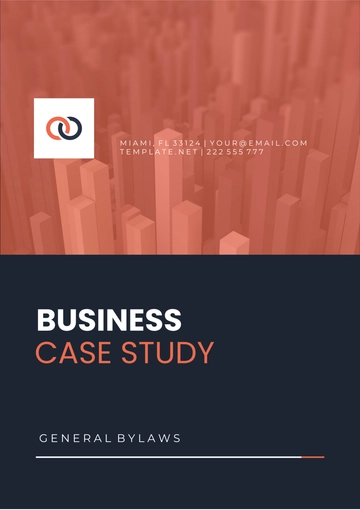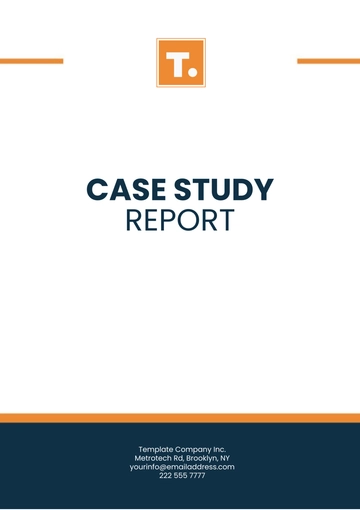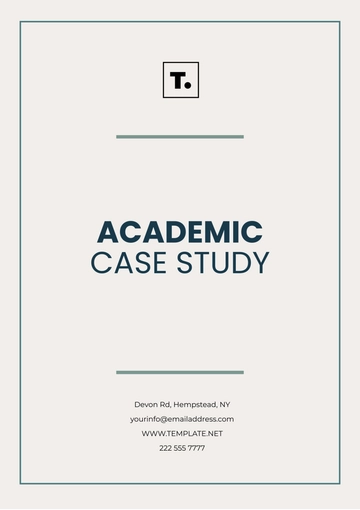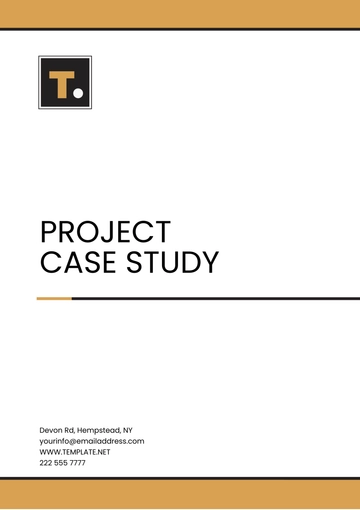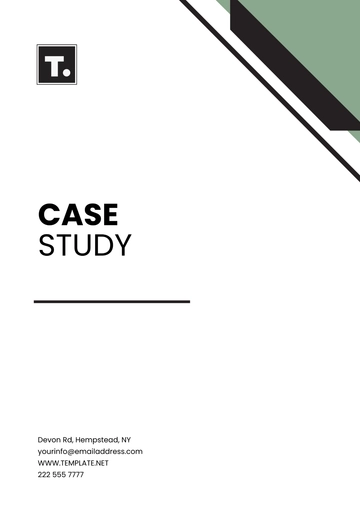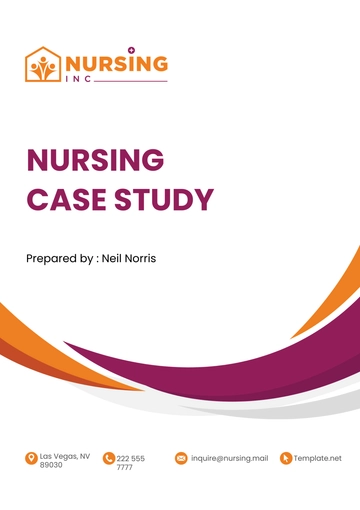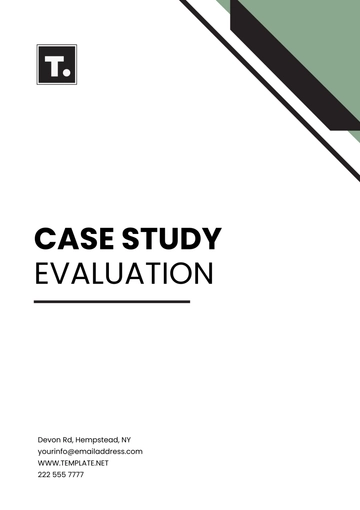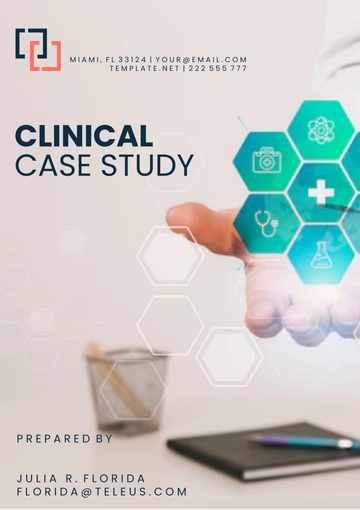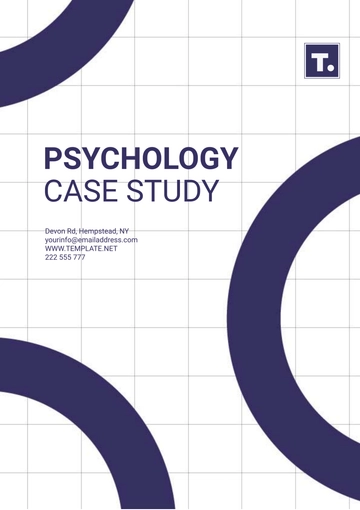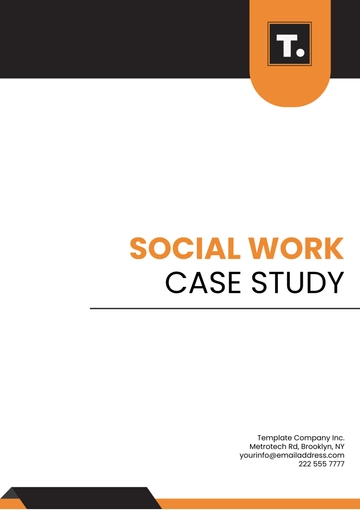Free Education Case Study

Conducted by [YOUR NAME]
Research Affiliation: [Your Company Name]
I. Introduction
The contemporary educational landscape is marked by a dynamic interplay between evolving pedagogical paradigms and technological advancements.
Educational institutions globally face challenges such as dwindling student engagement, suboptimal academic achievements in specific subjects or skills, and underutilization of technology.
Against this backdrop, [YOUR COMPANY NAME] embarked on a transformative journey by introducing [SPECIFIC LEARNING MODEL OR TECHNOLOGY] aimed at enhancing student engagement and academic performance.
This case study delves into the nuances of this implementation, scrutinizing the challenges encountered and the outcomes realized.
II. Problem Statement
Before the inception of [SPECIFIC LEARNING MODEL OR TECHNOLOGY], [YOUR COMPANY NAME] grappled with multifaceted challenges, including dwindling student engagement, suboptimal academic achievements in [SPECIFIC SUBJECTS OR SKILLS], and underutilization of technology in the educational milieu.
This study seeks to elucidate the efficacy of the newly adopted model by examining its impact on instructional methodologies and student learning outcomes.
III. Methodology
Employing a mixed-method research design, this study amalgamated quantitative data from assessments and grades with qualitative insights gleaned from interviews with educators, students, and parents. Key methodologies included:
Pre and post-implementation assessment of test scores across [NUMBER] classes.
Distribution of surveys among stakeholders to gauge perceptions of the technology integration.
Conducting focus groups with educators to elucidate shifts in instructional strategies.
IV. Results and Discussion
The integration of [SPECIFIC LEARNING MODEL OR TECHNOLOGY] at [YOUR COMPANY NAME] has yielded discernible improvements across various domains.
Quantitative analysis indicates a commendable increase in average test scores by [PERCENTAGE], underscoring the efficacy of the new model. Furthermore, qualitative feedback from educators underscores the heightened efficacy of personalized instruction and amplified student engagement.
Educators also noted positive changes in student attitudes toward learning and in-class behavior.
V. Conclusion and Recommendations
In conclusion, the strategic adoption of [SPECIFIC LEARNING MODEL OR TECHNOLOGY] at [YOUR COMPANY NAME] has not only mitigated the identified challenges but has also propelled the educational ecosystem towards enhanced efficacy and engagement.
It is recommended that [YOUR COMPANY NAME] sustains this momentum by further integrating [SPECIFIC LEARNING MODEL OR TECHNOLOGY] across diverse subjects and grade levels, while simultaneously augmenting teacher training programs to ensure optimal utilization of the model.
Specific timelines and action plans should be developed to guide this process effectively.
VI. Limitations
It is important to note the potential limitations of this study, such as the generalizability of the findings to other schools and the sustainability of the new model over time. Further research may be needed to address these limitations.
VII. Acknowledgements
This study would not have been possible without the unwavering support and participation of the educators, students, and parents at [YOUR COMPANY NAME]. Special gratitude is extended to [YOUR NAME] for their scholarly dedication and insights that have enriched this research.
VIII. Appendices
Detailed data tables, survey questionnaires, and focus group transcripts are appended herewith for comprehensive elucidation and validation of the study's findings.
- 100% Customizable, free editor
- Access 1 Million+ Templates, photo’s & graphics
- Download or share as a template
- Click and replace photos, graphics, text, backgrounds
- Resize, crop, AI write & more
- Access advanced editor
Our Education Case Study Template is crucial for creating detailed case studies in education. This customizable document covers background information, objectives, methodology, findings, and recommendations. Downloadable and printable, it showcases successful educational practices. Edit it in our AI Editor Tool to fit your needs and enhance your case study efforts.
